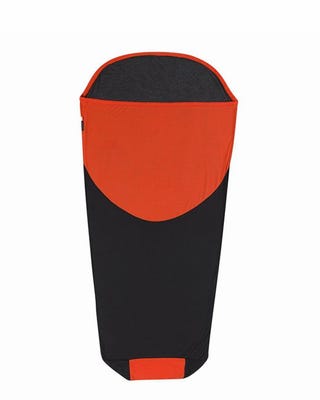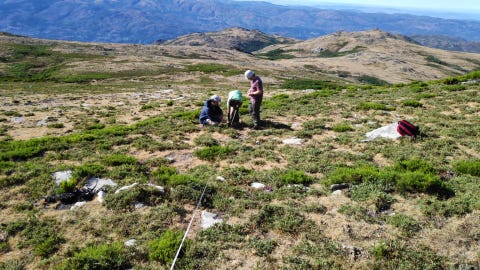Archaeologists have discovered the remains of dozens of Roman military camps in northern Spain, ferreting out their location thousands of years later. The scientists discovered the camps, set by Roman legions during the pacification of Hispania, using a combination of online maps, satellite photography, lidar, and drones.
One of the oldest features of military life is the armed camp. Armies on the move must prepare positions to spend the night, take shelter from the elements, or train. In antiquity—and even today—armies typically have exacting procedures for setting temporary quarters.
Some of these camps, it turns out, leave such an imprint on the environment that they can be detected centuries later. In today’s northern Spain (known in Roman times as Hispania Ulterior), scientists have discovered 66 new camps scattered across the region, increasing the number of known camp positions by one-third.
The scientists discovered the camps in the León, Palencia, Burgos, and Cantabria provinces. Roman troops likely used them while pacifying the region as the Roman empire slowly absorbed it.
Rome’s armies, like armies everywhere, used standardized procedures to streamline operations. A typical Roman camp was rectangular in nature, with locations for the commander’s tent, defensive positions, and other features all planned out. Camps were typically set on flat terrain near sources of fresh water.
Winter Camping Essentials
This 650-fill down sleeping bag is so warm we’ve overheated while using it in a backcountry hut.
Hollow-core polyester fibers create a cozy, warm cocoon we have trouble leaving come morning.
The insulated XTherm takes up little room in your pack but promises a very warm 6.9 R-value.
These four lightweight aluminum stakes are wider than most for a more secure hold in the snow.
Even now, 2,000 years later, there are only so many places in northern Spain that a large army unit can set up camp. In this case, researchers also used data from the Spanish National Geographic Institute, Google Maps, and Bing mapping resources, as well as lidar and drones. Through field work and melding together different sets of imagery, the scientists found subtle traces of previously undiscovered camps.
From João Fonte of the University of Exeter, which participated in the search:
According to the university, many of the camp positions correspond to the conquest of the region in the 1st century B.C. Others were apparently used for training or garrison purposes; while Rome conquered the region by 206 B.C., local resistance didn’t finally end until 19 B.C.
🎥 Now Watch This:
Source: Read Full Article













